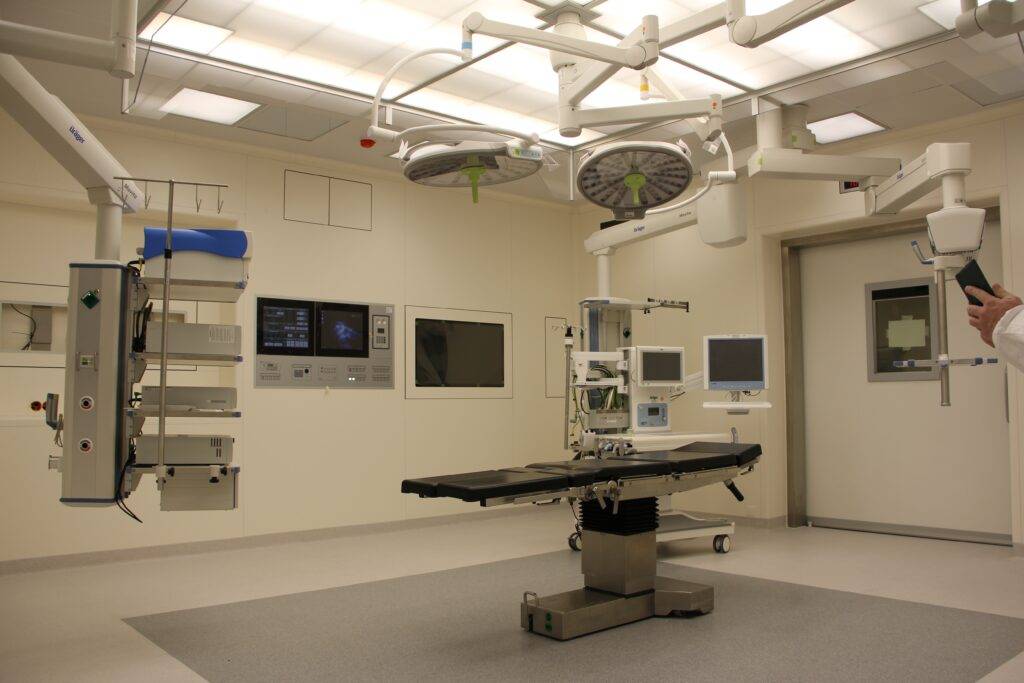
What is Medical Device Requirements Documentation?
Medical device requirements documentation serves as a crucial framework for the development and regulation of medical devices, ensuring their safety, effectiveness, and compliance with various regulatory standards. These documents play a pivotal role in the product development lifecycle, from the initial concept to market release and post-market surveillance.
At its core, medical device requirements documentation encapsulates the essential specifications and criteria that a medical device must meet to fulfill its intended purpose. It outlines the device’s functional and performance requirements, design constraints, and user expectations. Moreover, it delineates the essential elements for risk management, quality assurance, and regulatory compliance, as mandated by organizations like the FDA (Food and Drug Administration) in the United States or the European Medicines Agency (EMA) in Europe.
One critical aspect of this documentation is the establishment of a clear and comprehensive design input. This defines the product’s functional and performance requirements, considering factors like intended use, patient safety, and efficacy. Furthermore, the document addresses risk management by identifying and assessing potential hazards associated with the device and providing strategies to mitigate these risks throughout the product lifecycle.
Medical device requirements documentation also ensures alignment with global regulatory standards, such as ISO 13485 and ISO 14971, which specify quality management and risk management requirements. It should contain comprehensive design outputs and verification and validation processes to confirm that the device meets its requirements and is safe for use.
Key components of Medical Device Requirements Documentation may include:

- Device Specifications: Detailed descriptions of the medical device’s design, components, and intended use.
- Risk Assessment: Identification and evaluation of potential risks and hazards associated with the device.
- Performance Criteria: The device must meet Clear criteria and standards to ensure safety and efficacy.
- Design and Development Plans: Documentation outlining the steps and processes involved in designing and developing the medical device.
- Testing and Validation Protocols: Procedures for testing, validating, and verifying the device’s performance and safety.
- Regulatory Compliance Documents: Ensuring that the device complies with relevant regulatory standards and requirements, such as those outlined in the FDA’s Quality System Regulation (QSR) or the European Medical Device Regulation (MDR).
- Labeling and Instructions for Use: Documentation that provides instructions for device use and labeling that meets regulatory requirements.
- Clinical Data and Evaluation: If applicable, data from clinical trials and evaluations that demonstrate the device’s safety and effectiveness.
Medical Device Requirements Documentation is crucial for manufacturers to demonstrate that their devices are safe, effective, and compliant with regulatory standards. It is also vital for obtaining regulatory approvals and maintaining product quality throughout its lifecycle.
What are the Benefits of Medical Device Requirements Documentation?
Having medical device requirements documentation crafted by a highly skilled technical writer offers a multitude of benefits, contributing to the overall success and safety of the medical device development process. Here are some key advantages:
- Clarity and Precision: Skilled technical writers excel in conveying complex technical information in a clear and concise manner. They use precise language and well-structured documents to ensure that all stakeholders, from engineers to regulators, can easily understand and interpret the requirements. This clarity reduces the likelihood of misinterpretation or errors in the development process.
- Compliance with Regulations: Medical devices are subject to stringent regulatory requirements. Technical writers with expertise in this field are well-versed in specific standards and regulations, such as FDA guidelines or ISO standards. Their documentation ensures that the device meets all regulatory requirements, facilitating the approval process and reducing the risk of compliance-related setbacks.
- Risk Mitigation: Well-written requirements documentation identifies and addresses potential risks associated with the medical device. A skilled technical writer can create comprehensive risk analysis and mitigation plans, helping to enhance patient safety and minimize liability.
- Traceability and Accountability: Detailed documentation produced by a skilled writer establishes a clear traceability system. This enables all project stakeholders to track the development process, from initial design to post-market surveillance. It also fosters accountability, as responsibilities and timelines are well-documented.
- Efficient Collaboration: Technical writers possess strong communication skills, which facilitate collaboration among cross-functional teams. Their documentation acts as a common reference point for engineers, quality assurance personnel, regulatory experts, and other stakeholders, ensuring everyone is on the same page.
- Documentation Updates: Medical device development is an iterative process. Skilled technical writers are adept at managing documentation changes and updates, ensuring that the document remains accurate and up-to-date throughout the product’s lifecycle.
Medical device requirements documentation authored by a highly skilled technical writer enhances product quality, streamlines regulatory compliance, and ultimately contributes to the development of safer, more effective medical devices. It’s a critical investment in ensuring the success of the entire product development process, from concept to market release and beyond.

How Can Essential Data Help?
If you’d like to learn more about information security policies and what they can do for you, check out some of our other content below:
- The Significance of Requirements Documentation for a Medical Device
- What is a Product Requirements Document?
- Technical Requirements Document: Why is it Important?
Whether you need a single technical writer for a brief project or a team of consultants to produce a complete line of documentation, we guarantee the quality of our work. We provide an Engagement Manager from one of our 30 local offices for the entire length of your project at no additional cost. Contact us at (800) 221-0093 or [email protected]
